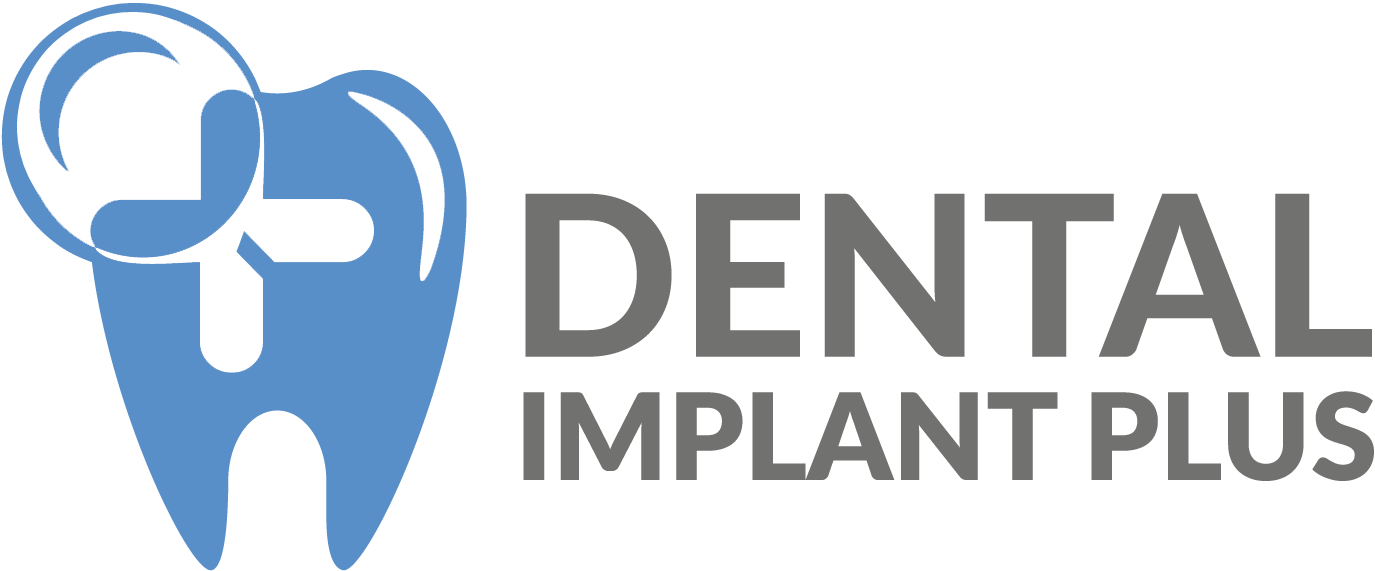Home » Treating Gum Disease: A Guide to Restoring Your Oral Health
Reclaiming Oral Health: Navigating Periodontal Disease Treatment
Periodontal disease, also known as gum disease, is a common condition that affects the gum tissue and supporting structures surrounding your teeth. Left untreated, periodontal disease can lead to tooth loss, gum damage and even other health problems.
What is Periodontal Disease?
Periodontal disease begins with plaque, a sticky biofilm that forms on the teeth. If it’s not brushed and flossed away daily, plaque can turn into tartar, leading to inflammation of the gums (gingivitis) and, if not treated, to periodontitis and advanced periodontitis, which affect the structures that support the teeth.
What Causes Periodontal Disease?
- Poor Oral Hygiene: Not brushing and flossing regularly lets plaque build up, leading to gum disease.
- Tobacco Use: Smoking or chewing tobacco increases the risk of gum disease and can make treatment less effective.
- Genetics: Some people are more likely to develop gum disease due to their genetics, even with good oral care.
- Medical Conditions: Health issues like diabetes can increase the risk of gum disease.
- Hormonal Changes: Hormonal shifts, such as those during pregnancy or menopause, can make gums more prone to inflammation.
Why Early Detection Matters
Catching periodontal disease early is key to successful treatment and preventing further damage. Watch out for these signs:
- Bleeding Gums: If your gums bleed when you brush or floss, it could be a sign of gingivitis.
- Swollen or Tender Gums: Inflammation and tenderness are early signs of gum disease.
- Receding Gums: Gums pulling away from your teeth can indicate periodontitis.
- Persistent Bad Breath: Chronic bad breath that doesn’t go away with good oral hygiene might suggest advanced gum disease.
Treatment Options for Periodontal Disease
- Scaling and Root Planing: Non-surgical treatment that cleans above and below the gumline and smoothes root surfaces to prevent plaque buildup.
- Antibiotics: Sometimes, antibiotics are used to control bacterial infection and inflammation. They might be taken orally or applied directly to the affected areas.
- Laser Therapy: Lasers can be used to remove infected tissue and help new, healthy gum tissue grow. It’s a precise and minimally invasive method.
- Surgical Interventions: In more severe cases, surgery may be needed. Options include flap surgery, bone grafts, or tissue grafts to repair damage and restore oral health.
- Ongoing Maintenance: Because periodontal disease is a chronic disease, its care should be ongoing. Dental check-ups, professional cleanings and good home oral hygiene are important in managing the condition and preventing it from returning.
The Importance of Working with Your Dentist
Effective treatment of periodontal disease involves teamwork between you and your dentist. Here’s how you can help:
- Stick to Oral Hygiene Routines: Brush, floss, and use an antiseptic mouthwash regularly to manage gum disease.
- Make Lifestyle Changes: Quitting smoking and making other lifestyle adjustments can significantly improve treatment outcomes.
- Attend Regular Dental Visits: Follow-up appointments allow your dentist to track your progress, address any issues, and adjust your treatment plan as needed.
Periodontal disease is a serious problem, but it is possible to treat and manage it — and even prevent its progression — if you take action to address it at an early stage, eliminate the causes, and participate in your treatment and maintenance. With knowledge about what causes periodontal disease and an awareness of the signs, you can take charge of your teeth and gums and enjoy a healthy, attractive smile for many years to come. Remember, regular dental checkups can help detect periodontal disease early so you can receive timely treatment and maintain a healthy, happy smile.






